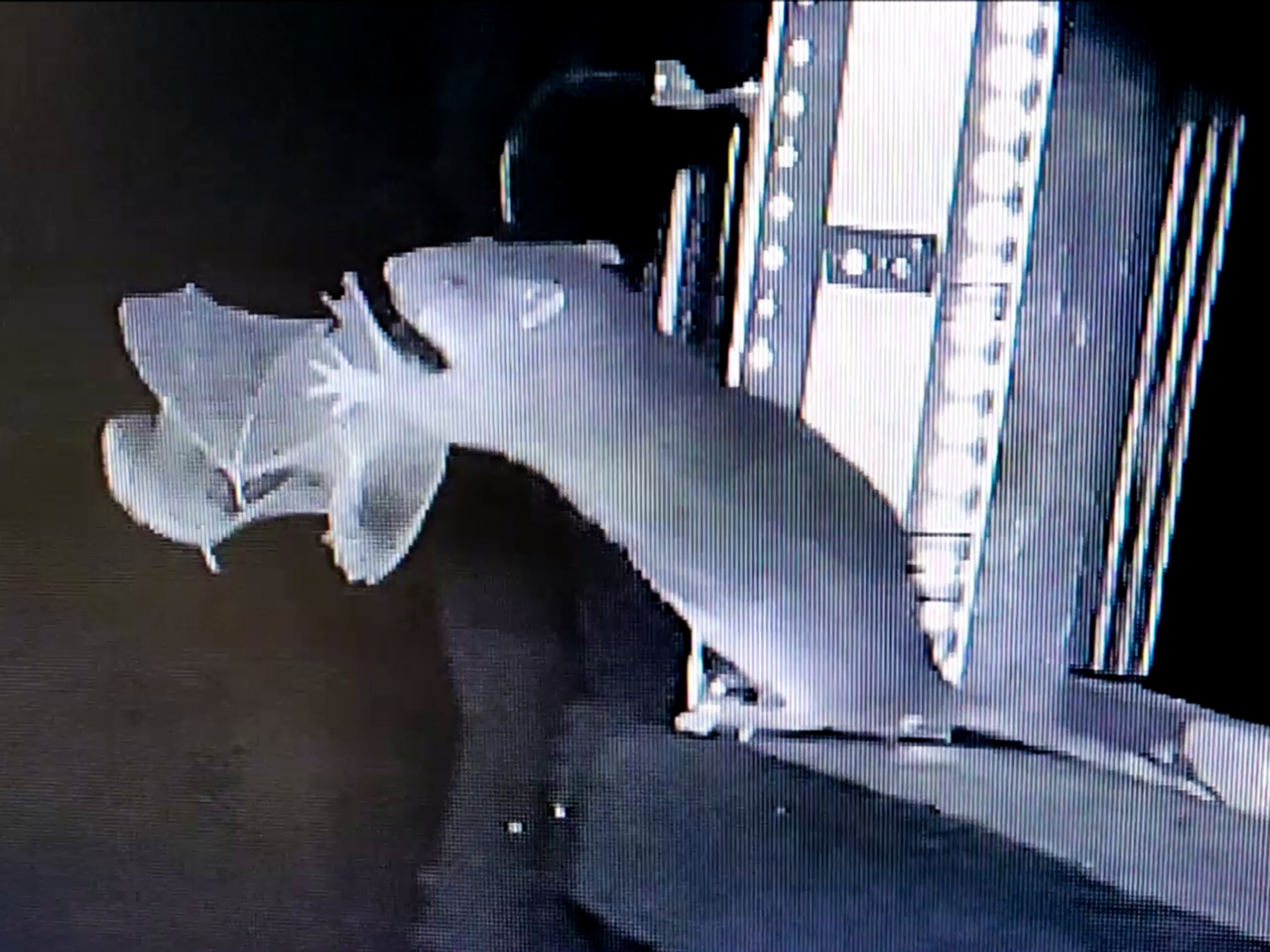How 'Tequila Bats' Find Their Pups
Video shows how agave-pollinating bats find their babies in large bat caves.
Lesser long-nosed bats are working moms.
Scientifically they're called Leptonycteris yerbabuenae, but conservationists know them as the “tequila bats” that pollinate the agave plants used to make the Mexican liquor.
After spending their nights looking for nectar, they return to their caves to nurse their pups. It's no easy task. The babies are left in large clusters of other pups—all hungrily waiting in pitch black caves.
Of all the caves these tequila bats call home, the Pinacate and Altar Desert Reserve in the Sonoran Desert is the largest of their maternity wards. The bats mate in central and western Mexico every winter and, in the spring, they migrate north to the American southwest to give birth.
National Geographic explorer Begoña Iñarritu studied the bond between moms and their pups. Her video footage shows a rare look at how bats seek out and identify their babies in total darkness.
They start by landing upside down near clusters of dozens of other pups. To the human eye, they seem virtually identical, each hungrily calling out to its mother. (Read about the woman who has saved thousands of baby bats and plans to save thousands more.)
The mother bat then maneuvers over the large cluster of babies to search for her own.
Iñarritu describes it as a multi-sensory process. The bats rely heavily on a combination of smell and calls to identify which baby is their's. Iñarritu suspects the pups may also recognize their mothers.
“Almost at the moment she lands on the cluster, the pup starts getting agitated and directs its body to her,” she notes.
Once the mother sniffs out her pup, she licks it until it's latched onto her nipple, and they fly away to a different part of a cave.
By studying the basic daily interactions of how bats raise their young, Iñarritu says conservation measures will be easier to identify down the line. Earlier this year, they were the first bat species to be removed from the U.S. Endangered Species List, but their full recovery is tampered by environmental issues like habitat loss.
The bat is a key pollinator in North America.





